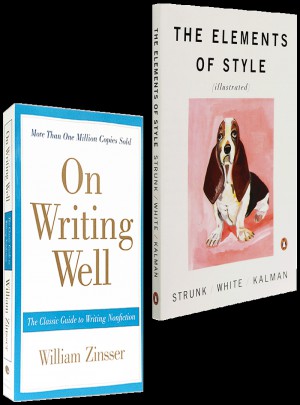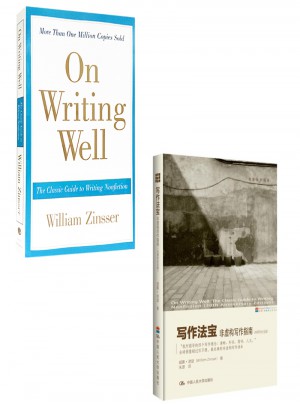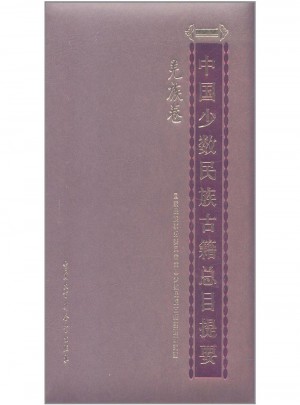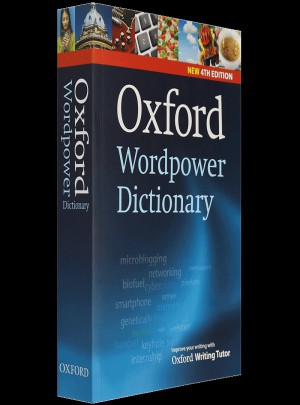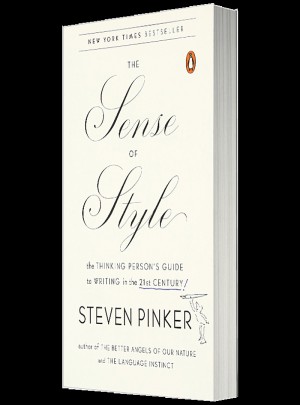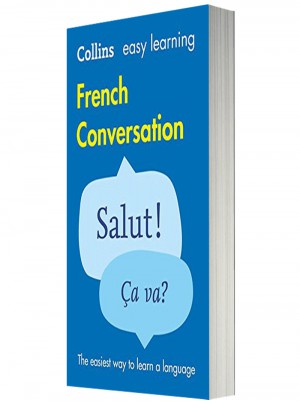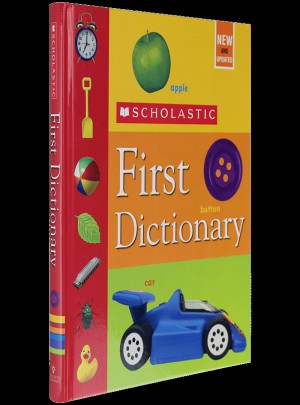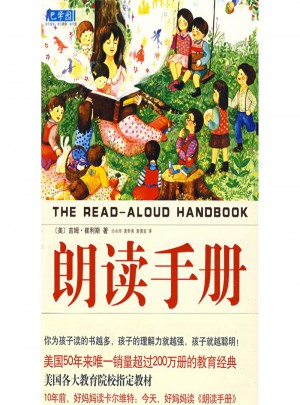如果大家對(duì)寫(xiě)作有興趣�����,并且希望改進(jìn)自己的文章,On Writing Well是一本必讀的書(shū)�。這本書(shū)是英文原版���,但語(yǔ)言較為通俗�,整體來(lái)說(shuō)比較容易懂����。它可以給人關(guān)于寫(xiě)作(不只是英語(yǔ)寫(xiě)作)的啟示,而且語(yǔ)言富含哲理性。
推薦理由:
1.On Writing Well銷(xiāo)售了100多萬(wàn)冊(cè)���,堪稱(chēng)創(chuàng)作非小說(shuō)類(lèi)文學(xué)作品的經(jīng)典指南。
2.被《紐約時(shí)報(bào)》譽(yù)為“寫(xiě)作圣經(jīng)”。
3.《圖書(shū)館雜志》稱(chēng)贊它是好看易懂的寫(xiě)作指南,字里行間充滿對(duì)寫(xiě)作的熱愛(ài)和尊重�����。
More than one million copies sold. The classic guide to writing nonfiction.
“On Writing Wellis a bible for a generation of writers looking for clues to clean, compelling prose.” —New York Times
“Not sinceThe Elements of Stylehas there been a guide to writing as well presented and readable as this one. A love and respect for the language is evident on every page.” —Library Journal
推薦理由:
1.本書(shū)是美國(guó)康乃爾大學(xué)英文系教授威廉 斯托克(William Strunk Jr.)于1918年初版����,其學(xué)生著名散文作家懷特(E.B.White)將師作重新編修、補(bǔ)充后出版;
2.一上市便名列暢銷(xiāo)榜����,問(wèn)世至今�,歷久不衰��,全球暢銷(xiāo)逾千萬(wàn)本��,成為英文界的傳奇,全球千萬(wàn)英語(yǔ)學(xué)習(xí)者一致見(jiàn)證的實(shí)用英文寫(xiě)作書(shū);
3.美國(guó)亞馬遜書(shū)店���、博客來(lái)書(shū)店�����、《紐約時(shí)報(bào)》����、《華爾街日?qǐng)?bào)》學(xué)習(xí)類(lèi)暢銷(xiāo)書(shū)榜榜首,入選美國(guó)圖書(shū)博覽會(huì)20世紀(jì)百佳英文書(shū);
4.各大高中�、大學(xué)����、TOFEL���、GRE�����、GMAT指定參考書(shū)����,受到《夏洛特的網(wǎng)》作者E. B. White及英文導(dǎo)師�����、小說(shuō)家史蒂芬 金極力推崇����。 如果大家對(duì)寫(xiě)作有興趣�,并且希望改進(jìn)自己的文章,On Writing Well是一本必讀的書(shū)。這本書(shū)是英文原版�����,但語(yǔ)言較為通俗��,整體來(lái)說(shuō)比較容易懂。它可以給人關(guān)于寫(xiě)作(不只是英語(yǔ)寫(xiě)作)的啟示�,而且語(yǔ)言富含哲理性��。
這是給幾代美國(guó)人帶來(lái)啟發(fā)的寫(xiě)作經(jīng)典,文風(fēng)流暢��,非常樸實(shí)�。經(jīng)典永不過(guò)時(shí),值得反復(fù)閱讀��,可以通過(guò)它提升自己的寫(xiě)作��。
推薦理由:
1.On Writing Well銷(xiāo)售了100多萬(wàn)冊(cè)���,堪稱(chēng)創(chuàng)作非小說(shuō)類(lèi)文學(xué)作品的經(jīng)典指南��。
2.被《紐約時(shí)報(bào)》譽(yù)為“寫(xiě)作圣經(jīng)”。
3.《圖書(shū)館雜志》稱(chēng)贊它是好看易懂的寫(xiě)作指南�,字里行間充滿對(duì)寫(xiě)作的熱愛(ài)和尊重�����。
More than one million copies sold. The classic guide to writing nonfiction.
“On Writing Wellis a bible for a generation of writers looking for clues to clean, compelling prose.” —New York Times
“Not sinceThe Elements of Stylehas there been a guide to writing as well presented and readable as this one. A love and respect for the language is evident on every page.” —Library Journal
